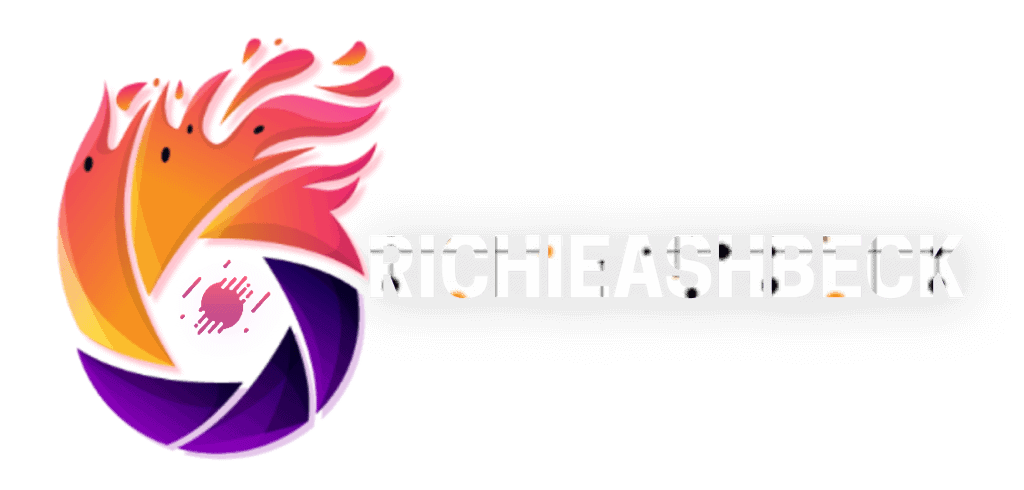Improving your website’s speed is crucial for user experience and SEO. Here’s a concise list of top tips to boost your site speed:
1. Optimize Images
- Compress Images: Use tools like TinyPNG or ImageOptim to reduce file size.
- Use Proper Formats: Use WebP for better quality at smaller sizes.
2. Leverage Browser Caching
- Configure caching via your server (e.g., .htaccess for Apache) to store static resources for returning visitors.
3. Minify CSS and JavaScript
- Reduce File Size: Use tools like CSSNano and UglifyJS to eliminate unnecessary characters in your code.
4. Utilize Content Delivery Networks (CDNs)
- CDNs help serve your website from locations closer to users, reducing latency.
5. Optimize Server Response Times
- Choose a reliable hosting service and consider upgrading your server if necessary.
6. Limit Redirects
- Excessive redirects create additional HTTP requests and slow down your site.
7. Use Asynchronous Loading for CSS and JavaScript
- Load non-critical JavaScript and CSS files asynchronously to ensure they don’t block page rendering.
8. Reduce HTTP Requests
- Combine files where possible (like CSS and JS) to minimize the number of requests.
9. Enable Gzip Compression
- Enable Gzip on your server to compress files before they’re sent to the browser.
10. Monitor Site Speed Regularly
- Use tools like Google PageSpeed Insights or GTmetrix to track your performance and identify areas for improvement.
Implementing these tips can significantly enhance your site’s loading speed, leading to a better user experience and improved search engine rankings. If you’d like to dive deeper into any particular tip, just let me know!


